
Benefits and Uses of Taro (Colocasia esculenta)

Taro, scientifically known as Colocasia esculenta, is a tropical plant widely cultivated for its edible corms (root-like structures) and leaves. Native to Southeast Asia and the Pacific Islands, taro has become a staple food in many parts of the world due to its rich nutritional profile and versatility in cooking. Both the root and leaves of the taro plant are packed with health benefits and can be used in a variety of ways. Let’s explore the numerous benefits and uses of taro.
Nutritional Profile of Taro
Taro is highly nutritious, containing a variety of essential nutrients that contribute to overall health and well-being, including:
-
Carbohydrates: A great source of energy that fuels the body.
-
Fiber: Promotes digestive health by aiding bowel regularity and preventing constipation.
-
Vitamins: Rich in vitamin C, vitamin E, and several B vitamins, all essential for bodily functions and boosting immunity.
-
Minerals: Contains potassium, magnesium, calcium, and iron, which are vital for maintaining healthy bodily functions.
-
Antioxidants: Helps combat oxidative stress, protecting cells from damage and reducing the risk of chronic diseases.
Health Benefits of Taro
-
Supports Digestive Health
Taro is an excellent source of dietary fiber, which not only promotes regular bowel movements but also helps prevent constipation. Additionally, it supports a healthy gut microbiome by feeding beneficial gut bacteria, improving overall digestive health. -
Aids in Weight Management
The high fiber content in taro helps promote a feeling of fullness, which reduces overall calorie intake. Its complex carbohydrates are digested slowly, providing sustained energy and helping to control appetite. This makes taro an ideal food for those trying to manage their weight effectively. -
Boosts Heart Health
Taro contains significant amounts of potassium, a mineral essential for maintaining healthy blood pressure levels. Potassium helps counteract the effects of sodium, thus reducing the risk of hypertension. The fiber content in taro also helps lower cholesterol levels, further supporting heart health. -
Enhances Immune Function
Rich in vitamin C and other antioxidants, taro boosts the immune system by enhancing the body's ability to fight infections. Antioxidants also help neutralize free radicals, reducing inflammation and the risk of chronic diseases, which in turn supports overall health. -
Improves Blood Sugar Control
Despite being starchy, taro has a low glycemic index, meaning it causes a slower rise in blood sugar levels. This makes it a good option for people with diabetes or those looking to maintain stable blood sugar levels, providing a healthy alternative to high-glycemic foods. -
Promotes Skin Health
Taro contains vitamin E and other antioxidants that help protect the skin from damage caused by UV rays and environmental pollutants. These nutrients also promote skin regeneration, reducing the appearance of fine lines and wrinkles, making taro beneficial for skin health. -
Supports Bone Health
The calcium and magnesium found in taro are essential for maintaining strong and healthy bones. Regular consumption of taro can help prevent bone-related conditions like osteoporosis, contributing to improved skeletal health. -
Improves Vision
Taro is a good source of vitamin A and beta-carotene, both of which are crucial for maintaining healthy vision. These nutrients help prevent eye conditions such as macular degeneration and night blindness, making taro a good food choice for eye health. -
Provides Sustained Energy
The complex carbohydrates in taro provide a steady release of energy, making it an excellent food for athletes and those with physically demanding lifestyles. It helps sustain energy levels throughout the day, ensuring optimal performance.
Culinary Uses of Taro
Taro is a versatile ingredient that can be prepared in various ways. However, it is important to note that taro must always be cooked before consumption, as raw taro contains calcium oxalate, which can cause irritation and is toxic if ingested.
-
Taro Corm (Root)
-
Boiled or Steamed: A simple preparation method that brings out taro’s nutty, sweet flavor. It can be eaten as a side dish or mashed as a base for other recipes.
-
Fried or Roasted: Taro chips and fries are delicious alternatives to regular potato chips.
-
Taro Puree: A creamy base for soups, stews, and desserts.
-
Taro Flour: Used as a gluten-free alternative in baking.
-
-
Taro Leaves
-
Steamed or Boiled: Taro leaves can be cooked and used as a wrap for stuffing in dishes like laing (a Filipino dish) or lu’au (a Hawaiian dish).
-
Sautéed: Combine taro leaves with garlic, onion, and coconut milk for a rich, flavorful dish.
-
Soups and Stews: Add taro leaves for a nutrient boost and added texture.
-
-
Taro in Desserts
-
Taro Bubble Tea: A popular beverage made with taro puree and tapioca pearls.
-
Taro Ice Cream: Known for its unique purple color and nutty flavor.
-
Taro Pudding and Cakes: Adds a distinct taste and vibrant color to sweet treats.
-
Other Uses of Taro
-
Traditional Medicine
Taro has been used in traditional medicine to treat various ailments, including skin conditions, digestive issues, and inflammation. -
Animal Feed
In some regions, taro leaves and corms are used as feed for livestock due to their high nutritional content. -
Natural Dye
The vibrant purple hue of certain taro varieties can be used as a natural dye for textiles and food.
Precautions When Consuming Taro
While taro is highly nutritious, it’s important to handle and prepare it correctly:
-
Cooking: Always cook taro thoroughly to remove calcium oxalate, which can cause throat irritation or kidney stones in some individuals.
-
Allergic Reactions: Some people may be allergic to taro. If you experience itching or discomfort after handling or eating taro, consult a healthcare professional.
Taro (Colocasia esculenta) is a versatile and nutritious plant with a wide range of health benefits. From supporting digestion and heart health to promoting healthy skin and bones, taro is a valuable addition to any diet. Whether enjoyed in savory dishes or sweet desserts, taro offers both delicious flavors and impressive health benefits. Give this tropical root vegetable a try and experience its many benefits for yourself!
News in the same category


10 Vaseline Hacks You Probably Haven’t Tried Yet
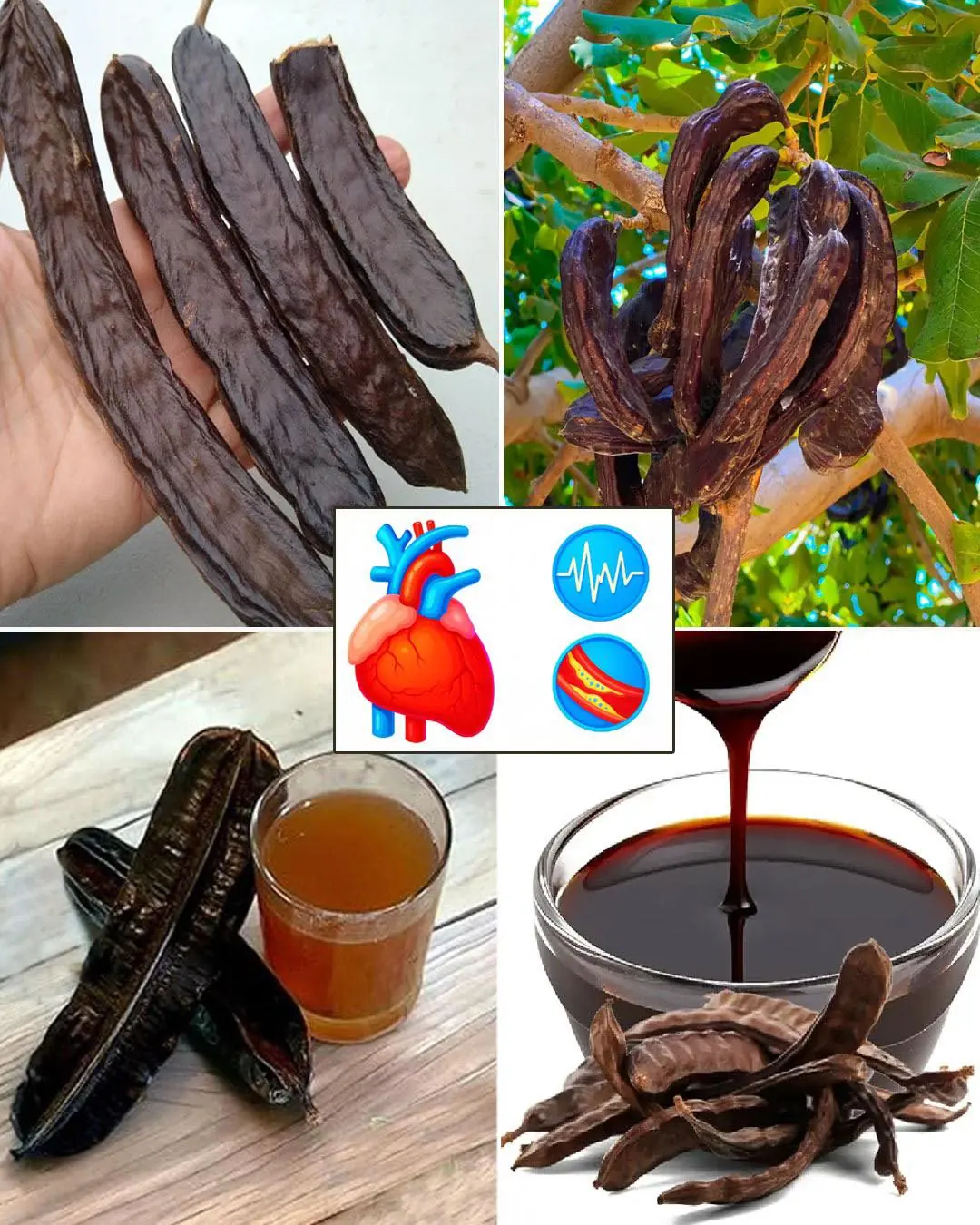
The Remarkable Benefits of Aridan (Tetrapleura tetraptera)
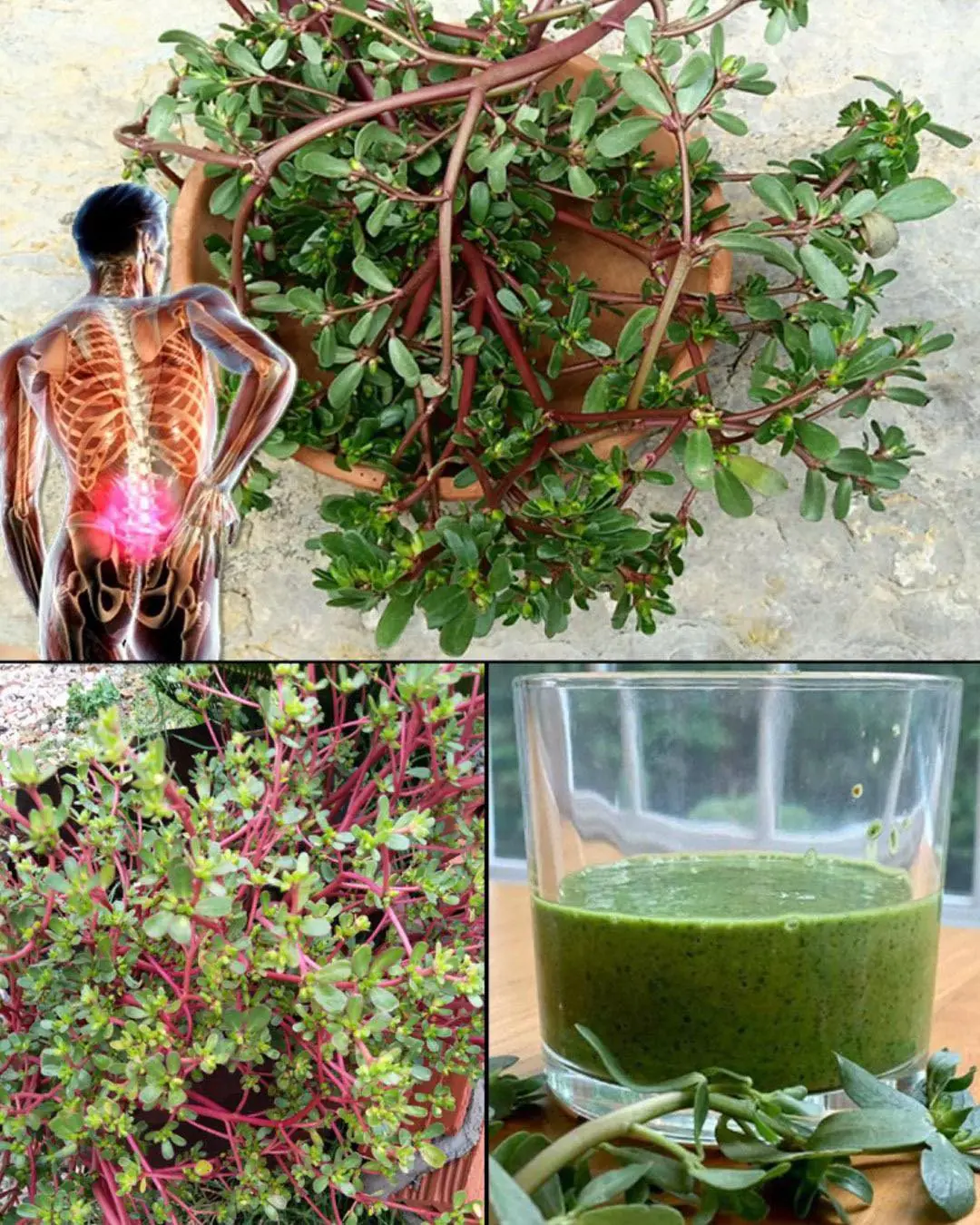
Purslane: The Superfood That Tastes Better Than Meat – 7 Reasons to Grow It in Your Garden

The Secret Power of Plantago Major that no one knows

10 benefits of pigweed

Garlic Mustard: The Overlooked Herb That Can Boost Your Health — Especially Your Eyes
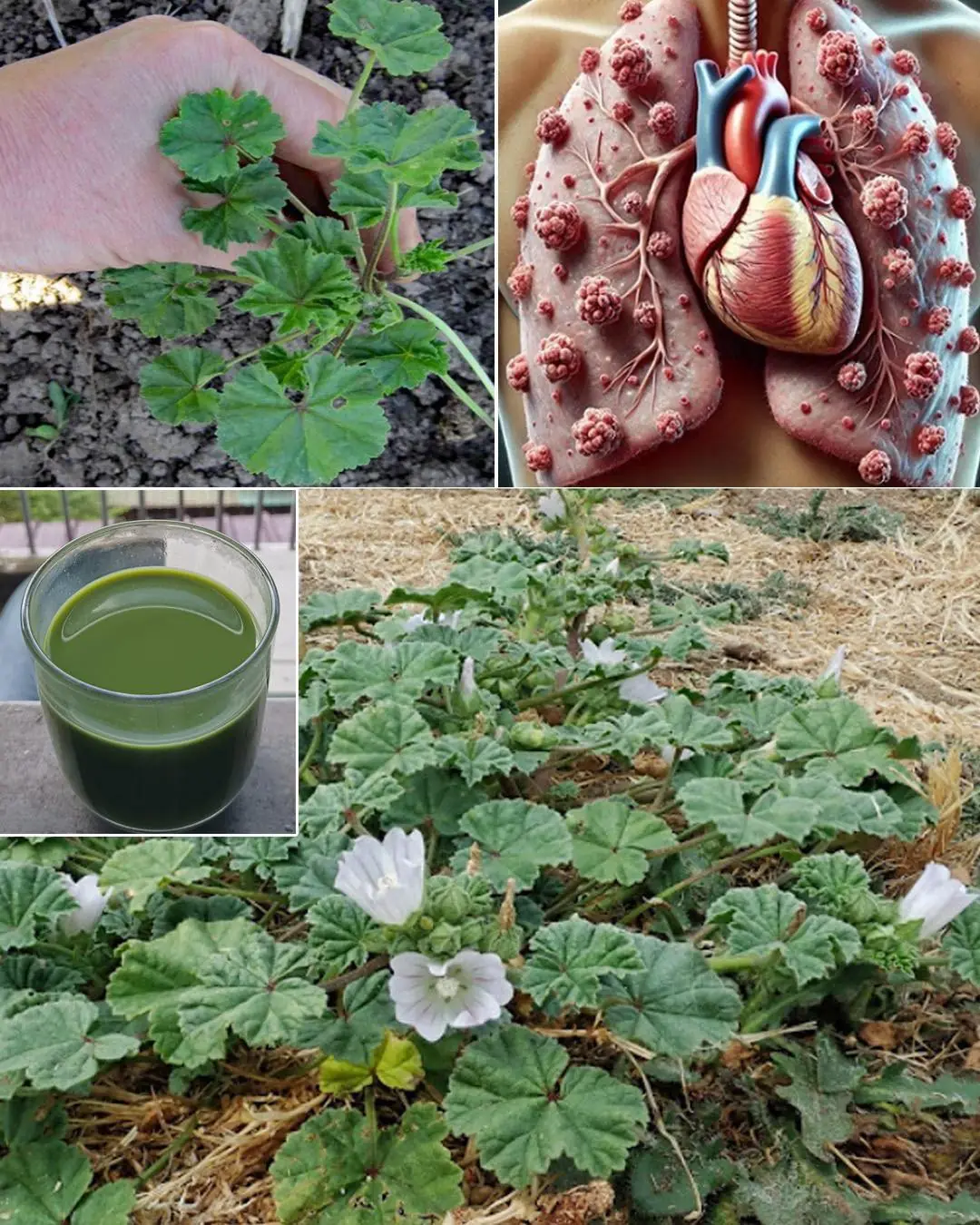
Exploring the Health Benefits of Common Mallow: A Nutritional Powerhouse
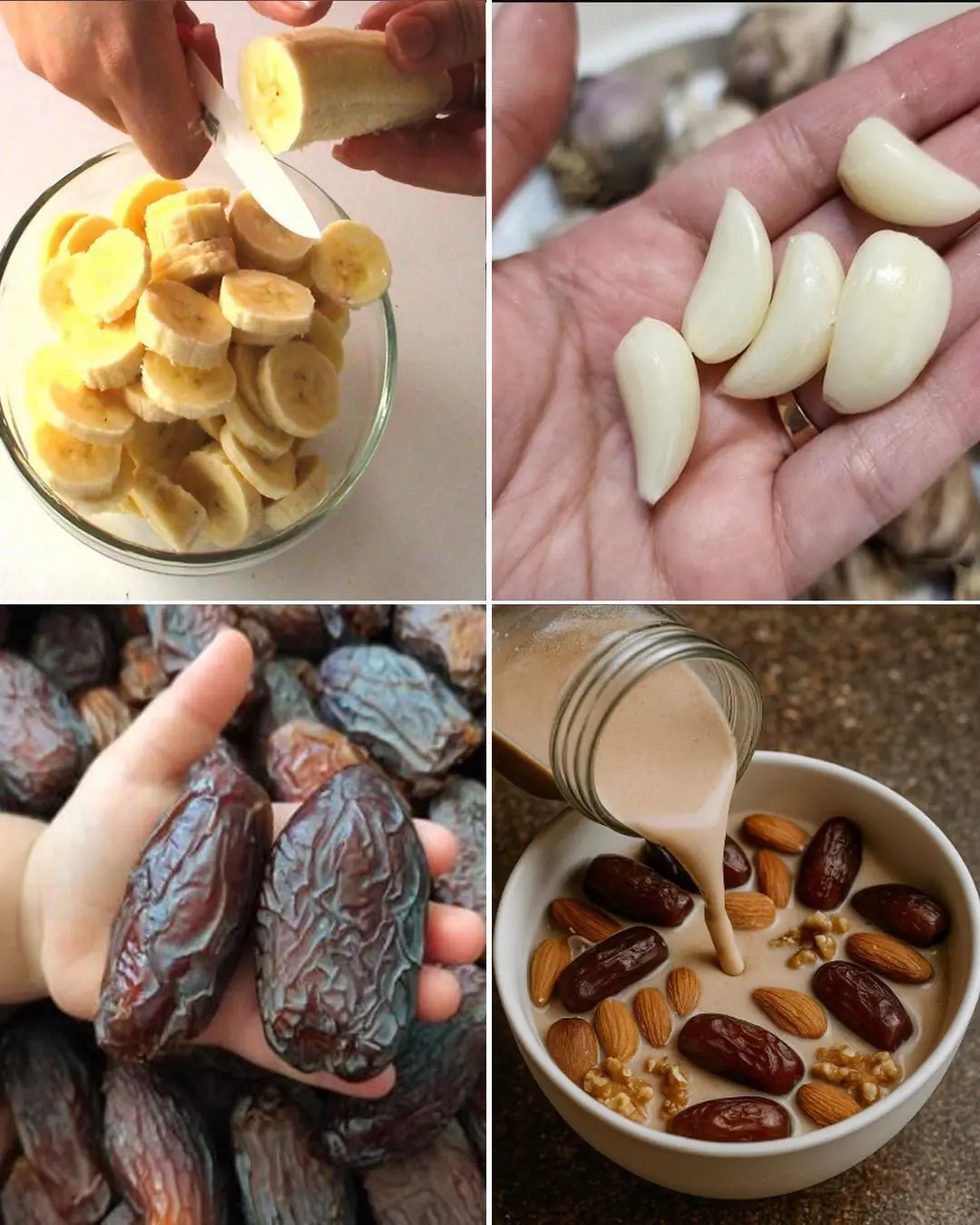
Bananas, Garlic, and Dates: The Powerful Health Combo

Don’t Toss Banana Peels If You Don’t Know How They Can Boost Your Wellness

Cancer Dies When You Eat These 8 Foods: Harnessing Nature’s Power
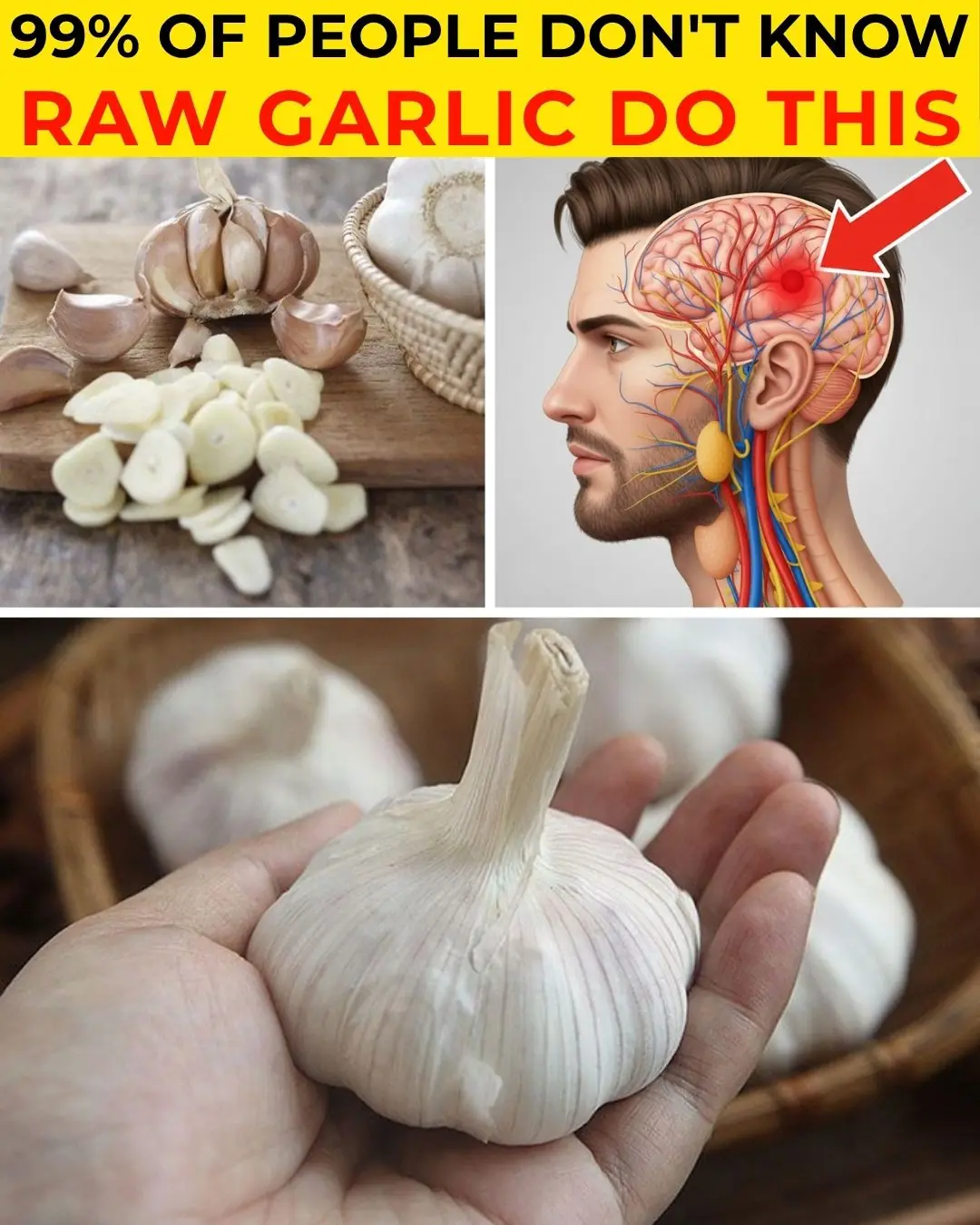
Japan’s Oldest Doctor: Can’t Sleep Through the Night? Use Garlic This Way for Deep Rest in 3 Nights

🌱 How Papaya Seeds Can Erase 10 Common Health Issues Naturally!
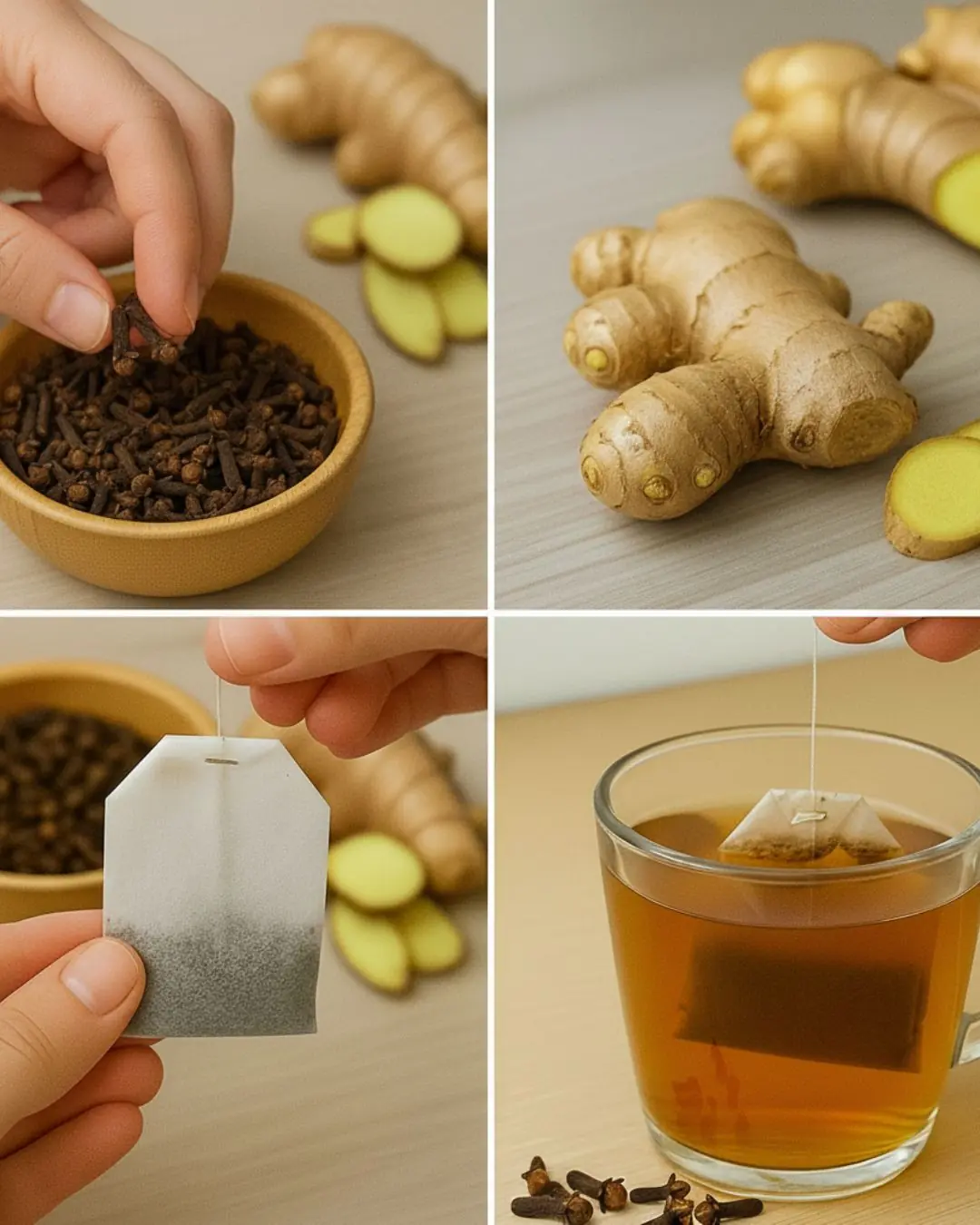
Cloves, ginger, and a Lipton tea bag combined are worth gold

Garlic: Nature’s Secret to Soothing Varicose Veins Naturally

3 Home Remedies to get rid of Skin Tags – Skin Tag Removal

✨ DIY Tomato, Turmeric & Sugar Scrub for Naturally Glowing Skin

Seniors, Eat This Fruit Before Bed to Repair Your Eyes & Vision During Sleep | Senior Health Tips
News Post

Jennifer Hudson Champions Musical Inclusivity Amid Super Bowl Language Debate

Jennifer Hudson Cheers on Bad Bunny’s Super Bowl Swagger — and Starts Learning Spanish Herself

Charli XCX shares cryptic video after Taylor Swift’s ‘Actually Romantic’ diss

NY authorities clamp down on liquor store openings citywide as booze demand plummets

Desperate rescue effort underway to save hundreds of hikers stuck on Mount Everest after snowstorm

Six signs you may be a functioning alcoholic according to doctor
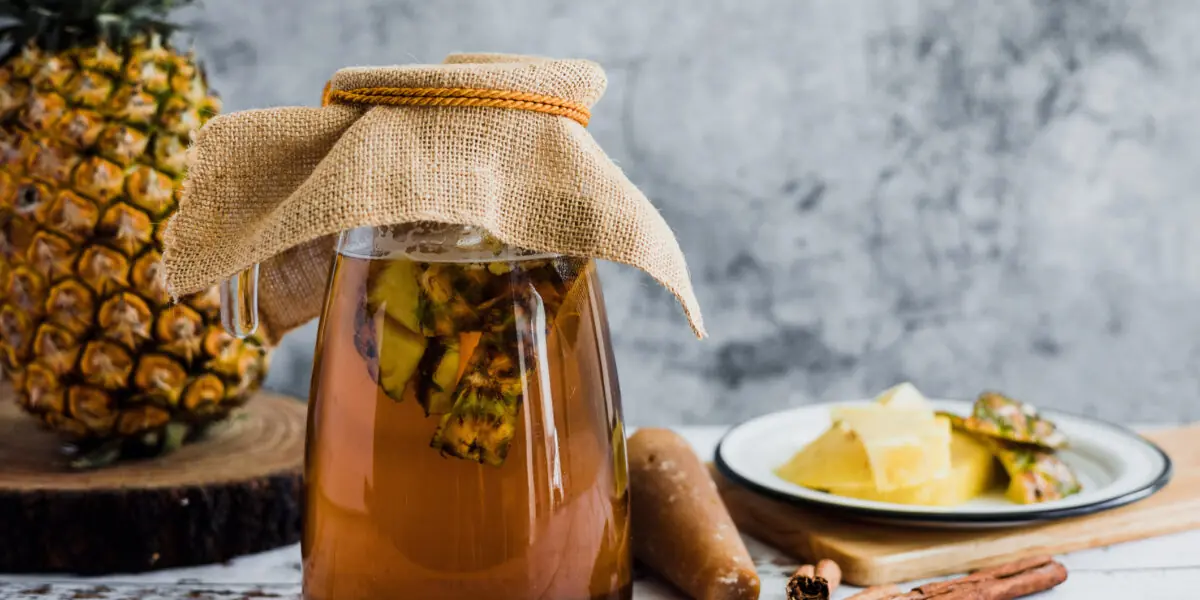
Pineapple Water: A Refreshing Drink That Supports Your Health

The Silent Threat: Recognizing Early Signs of Kidney Disease and Lifestyle Prevention

A Heartwarming Encounter: A Child’s Innocence and the Power of Love.

The Stranger Who Stopped: How One Man’s Compassion Saved a Life on a Busy Georgia Road

Baking Soda (Bicarbonate of Soda): Uses and Benefits (Science Based)

A Father’s Day Gift Like No Other: A Daughter’s Kidney, A Father’s Second Chance

Benefits of Walking: Why Walking is One of the Best Forms of Exercise 🚶♀️

Maliyah’s Fight: A Fifteen-Year-Old Cheerleader Battling Stage 4 Cancer With Courage and Faith

No Cake, No Balloons: A Firefighter’s Quiet Birthday of Purpose and Service

Orangutan Secretly Watches Over Woman During Jungle Survival Challenge

“The Stranger on a Plane: How One Man’s Kindness Gave a Mother the Gift of Rest”

A Little Fighter’s Final Victory: Remembering Bryson’s 1,027-Day Battle

A Match Made in Dog Heaven: A Toddler and Her Puppy Who Share a Special Bond
